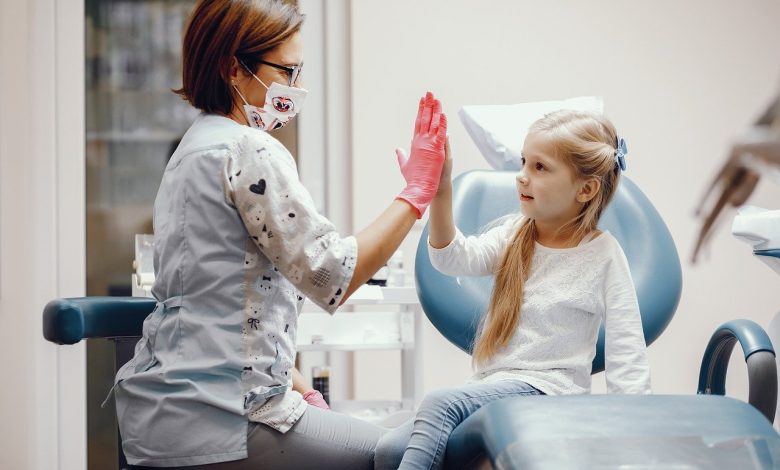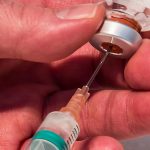Pediatric Neuroblastoma Treatment Global Market Expected To Reach $2.37 Billion in 2027

The global pediatric neuroblastoma treatment market is poised for substantial growth, with estimates indicating an increase from $1.52 billion in 2022 to $1.67 billion in 2023 at a remarkable compound annual growth rate (CAGR) of 10.3%. Looking ahead, the market is anticipated to reach $2.37 billion in 2027, maintaining a strong CAGR of 9.1%.
This data, provided by Allied Market Research, outlines key trends, market dynamics, and the notable players contributing to the pediatric neuroblastoma treatment market.
Key Trends and Drivers
1. Research and Development Focus: The primary trend driving the pediatric neuroblastoma treatment market is the emphasis on research and development. Major companies operating in this space are strategically investing in advanced research to fortify their positions. In a notable move, in March 2022, Recordati S.p.A. acquired EUSA Pharma (UK) Ltd. for $824.28 million, enhancing Recordati’s pharmaceutical portfolio for rare diseases, particularly in pediatric neuroblastoma treatment.
2. Rising Incidence of Pediatric Neuroblastoma: The market growth is significantly influenced by the increasing number of pediatric neuroblastoma cases. The upsurge in neuroblastoma prevalence is spurring demand for treatment alternatives. Pharmaceutical firms and stakeholders are channeling their investments into research and development to drive innovation and cater to the growing needs of the industry.
3. Early Detection and Innovation: Advances in diagnostic technology and screening procedures contribute to the early discovery of neuroblastoma. This early detection enables prompt treatment interventions, resulting in improved patient outcomes. For instance, according to the American Society of Clinical Oncology (ASCO), neuroblastoma affects around 700 to 800 children in the United States annually, accounting for 6% of all childhood malignancies. The rising awareness and early detection of cases are key factors propelling market growth.
Market Segmentation
The pediatric neuroblastoma treatment market is segmented based on various factors, providing a comprehensive view of the industry:
1. Treatment Type:
• Immunotherapy
• Radiation Therapy
• Other Treatment Types
2. Risk Group:
• Low Risk
• Intermediate Risk
• High Risk
3. End User:
• Hospitals
• Specialty Clinics
• Other End Users
Geographical Insights
The market is analyzed across key regions and countries, including Australia, Brazil, China, France, Germany, India, Indonesia, Japan, Russia, South Korea, the UK, and the USA. Regions covered are Asia-Pacific, Western Europe, Eastern Europe, North America, South America, the Middle East, and Africa. The report also considers the impact of macro-economic factors, supply chain disruptions, the Russian-Ukraine war, inflation, and the ongoing impact of COVID-19 on market dynamics.
Leading Companies
Key players in the pediatric neuroblastoma treatment market include United Therapeutic, APEIRON Biologics, Baxter International, Cell Ectar Biosciences, Pfizer, MacroGenics, Bayer, Provectus Biopharmaceuticals, Sartorius, Y-mAbs Therapeutics, Amgen, Eli Lilly and Company, F. Hoffmann-La Roche, Clarity Pharmaceuticals, and CureSearch for Children’s Cancer.
Conclusion
The pediatric neuroblastoma treatment market is on a trajectory of robust growth, driven by research and development initiatives, increasing incidences of neuroblastoma, and advancements in early detection technologies. As key players continue to invest in innovation and strategic acquisitions, the market is expected to witness sustained growth in the coming years.
For further details and in-depth analysis, the complete report on the Pediatric Neuroblastoma Treatment Market Forecast 2032 is available on their website.





